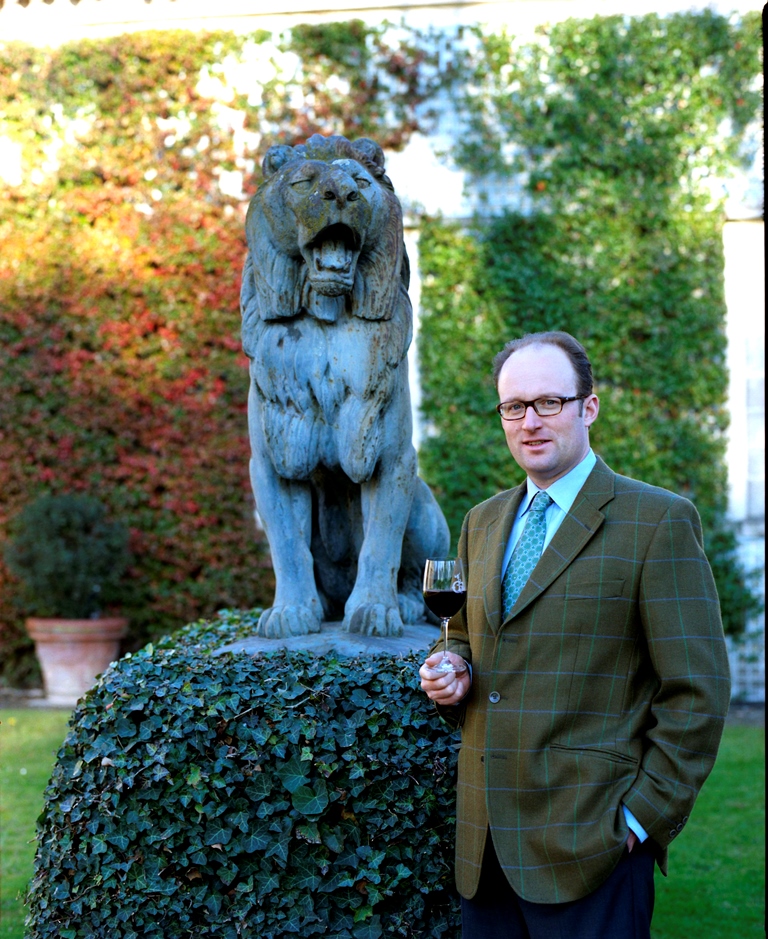Prince Robert of Luxembourg represents the thoroughly modern face of Château Haut – Brion, one of the Grands Crus Classés of Bordeaux. With 75 years of his family history intertwined with the 500 year-old legacy of ‘the oldest luxury brand in the world,’ as President and CEO of Domaine Clarence Dillon Wines, he had a reputation to maintain when he decided to implement his vision for the 21st century. It involved buying some of the very high quality wines produced in the region and blending it with a small amount from their own estates, to create the first super premium branded wine from Bordeaux, priced at under $ 25.
Clarendelle – the name is a tribute to his great-grandfather, Clarence Dillon, the francophile American banker who bought Château Haut-Brion in 1935 – sells more than all the other Domaine Clarence Dillon wines put together, in over 50 countries. Clarendelle wines are stored, and released into the market when they are ready to drink. “The wines retain all the core values that go into the creation of a First Growth’, says Prince Robert, ” the aim is to create an aspirational move to the more sophisticated wines.” The same expert team, led by Jean-Philippe Delmas, a third generation winemaker, that creates some of the most famous wines in the world at Château Haut-Brion, brings identical high standards to Clarendelle, which is made in the same style, giving us, in effect, a very affordable introduction to the premier wine of Bordeaux. Underpinned by this philosophy of superior standards of winemaking, the first offerings from Clarendelle earned 93 points from Robert Parker. “Our wines come with a promise of quality,” says Prince Robert, with quiet emphasis.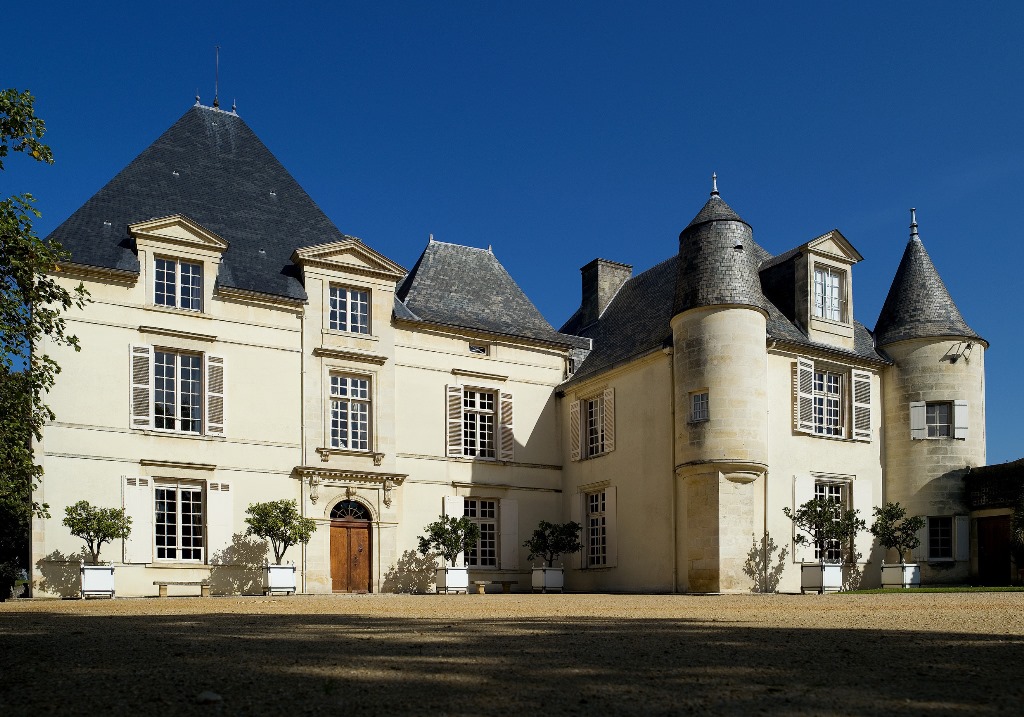
And this is quality built on five centuries of expertise – even in the rarified atmosphere of Bordeaux’s First Growths, Château Haut-Brion stands apart. Its history dates back to 1533, when Jean de Pontac bought the title to the Château; but there is a far more ancient timeline, linking it to the Gallo-Romans who introduced vine growing to the region two thousand years ago. Over the centuries, ownership passed from one eminent personality to another, including Talleyrand, Minister of Foreign affairs to Napoleon Bonaparte, who entertained heads of state with wines from the Château paired with the genius of Antonin Carmere’s cooking. The Château earned an international reputation for producing superior wines, recorded in Charles II’s Cellar Book, and the writings of Samuel Pepys.
“By the mid -17th century,’ observes Prince Robert, “we were the first to put our name to our wines, the first Bordeaux wine to be designated by its place of origin, its terroir, rather than the name of its owner or parish,” and by 1663, they had introduced a new technique of winemaking that resulted in the first, long-keeping wines, referred to as ‘the new French clarets.’Even in the famous Grands Crus Classés of 1855, Château Haut Brion distinguishes itself by being a century older, and the only estate from the Graves region, beside the other four First Growths from the Médoc.
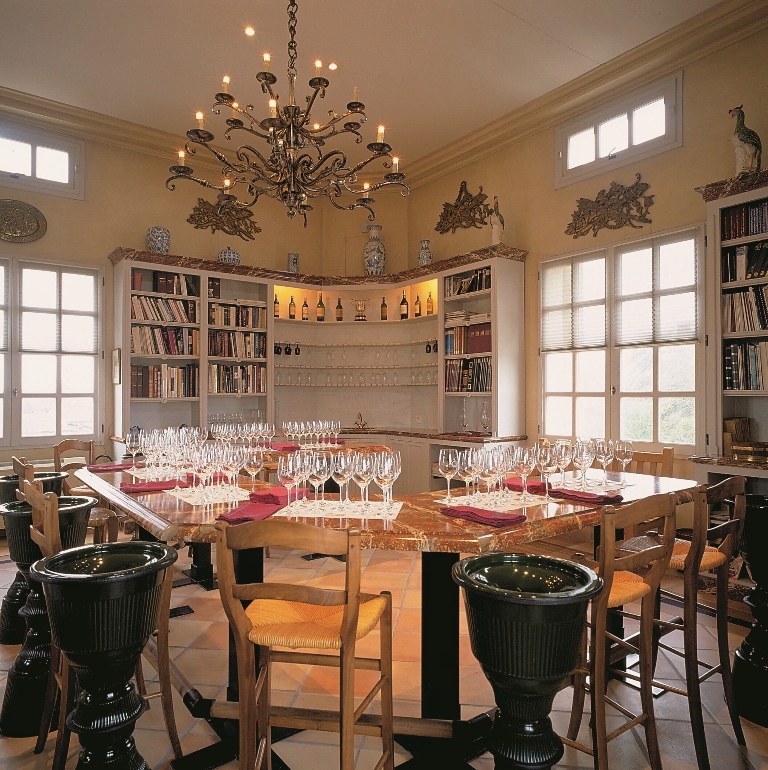
In India to promote his wines, a country he first visited as a young backpacker, Prince Robert sees a strong, emerging market with a high level of interest in wine, evolving lifestyles, and a certain internationalization of food and cultures that lend themselves to choosing wine over spirits. The pairing of their wines with international cuisines is of great interest to him, as Clarence Dillon Wines, the négociant company he founded, representing about 100 of the best producers from Bordeaux, has entered new markets as diverse as Brazil, China, Japan, Finland, Mongolia and several countries in Asia. He believes that their wines pair well with modern Asian cuisine. Carrying on the tradition of fine food, the Château has a library of over 3000 valuable books on food, wine and dinner plans at palaces – a treasure trove for scholars – as well as a kitchen that can cater to top star-rated chefs.
Château Haut-Brion and Château La Mission Haut-Brion produce four of the greatest wines in the world, with Robert Parker writing that he has “more bottles of La Mission in my private collection than any other wine in the world” and that, ” (it) has long been one of the greatest one could ever possibly drink.”
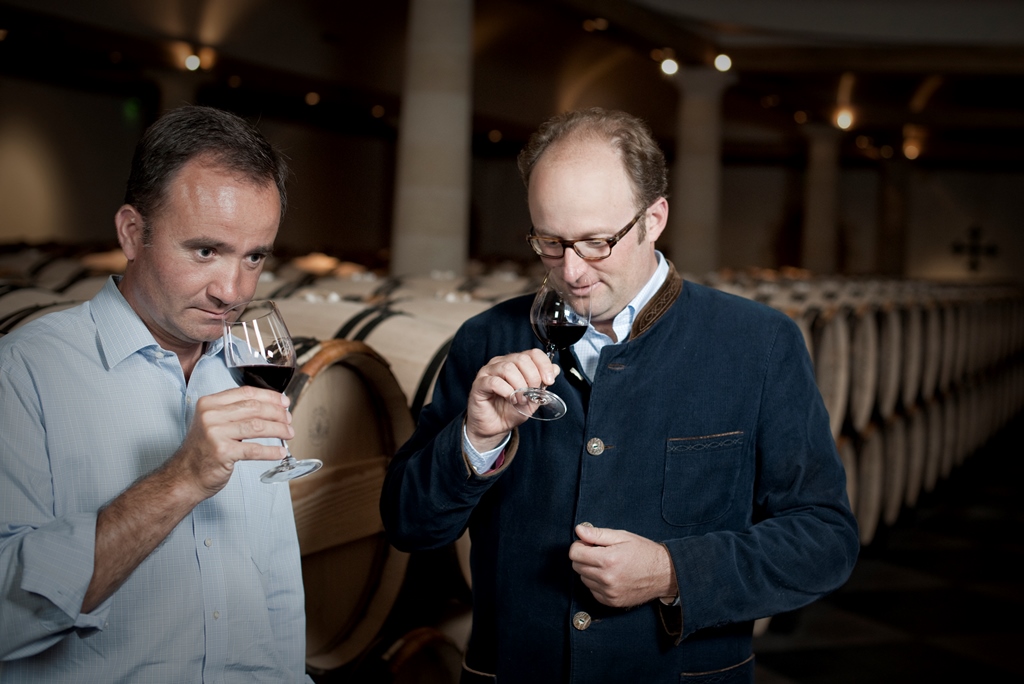
Every generation has added on, expanded and acquired the best, keeping up the traditions of excellence, the latest being Château Quintus – drawn from the ancient custom of the Gallo-Romans of naming their fifth child ‘Quintus’ or ‘fifth’ – the first vintage from Quintus received 93 points from Robert Parker.
Prince Robert brings simplicity and great modesty to a presentation of wines of impeccable pedigree. ” Our wines are not nose-forward or showy, they display, instead, endless subtlety, elegance and complex minerality.”
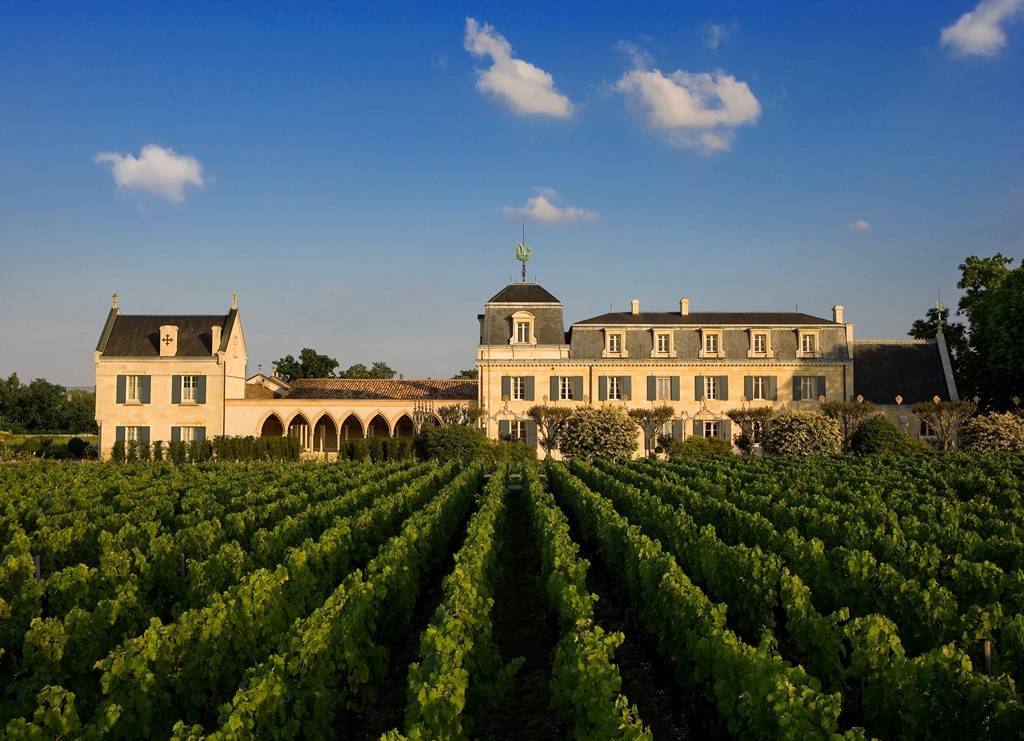 As a custodian of a significant chapter of French history, he has been on the Board since the age of 18, and recalls being brought home from school at a much younger age, by his mother, to witness some of the important moments in the life of the Château. He sees himself as a warden of a land that has a lineage and rich character of its own, and is very conscious of the necessity of respect for tradition while looking to the future, and the tremendous responsibility of holding the position he does. He aims at placing Clarendelle, their most contemporary offering, amongst the top 100 brands in the super-premium segment. In his words, with such a legacy: “There can be no mistakes.”
As a custodian of a significant chapter of French history, he has been on the Board since the age of 18, and recalls being brought home from school at a much younger age, by his mother, to witness some of the important moments in the life of the Château. He sees himself as a warden of a land that has a lineage and rich character of its own, and is very conscious of the necessity of respect for tradition while looking to the future, and the tremendous responsibility of holding the position he does. He aims at placing Clarendelle, their most contemporary offering, amongst the top 100 brands in the super-premium segment. In his words, with such a legacy: “There can be no mistakes.” 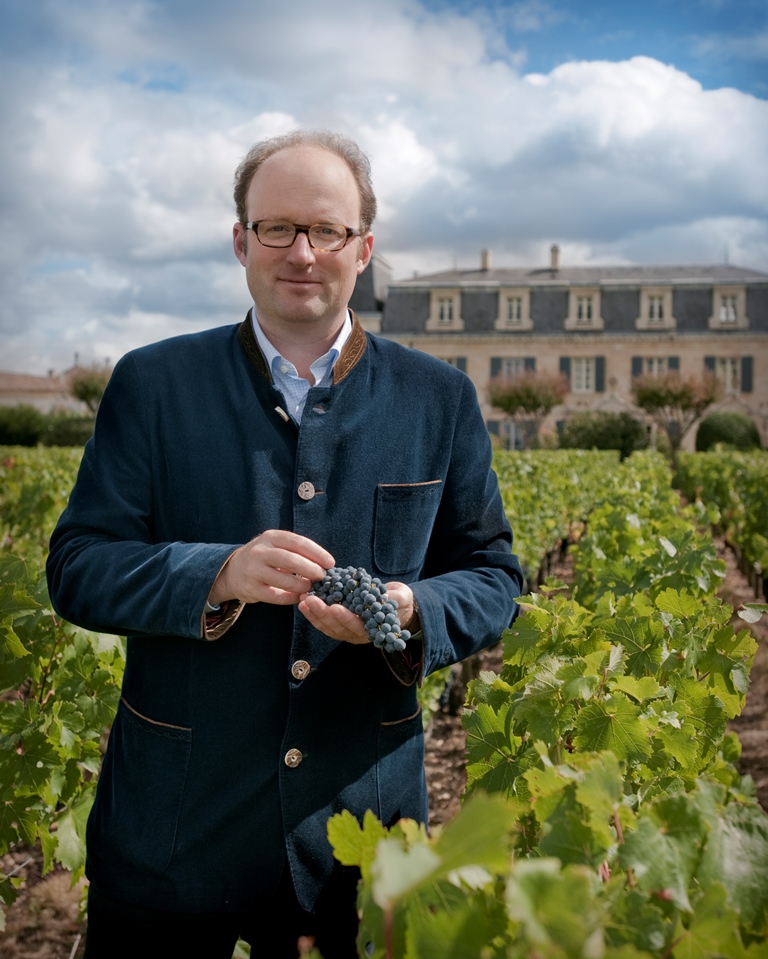
Bordeaux Goes Modern appeared in UpperCrust magazine, 2nd Quarter, April-June 2013.
Image Credits: Courtesy Chateau Haut-Brion

